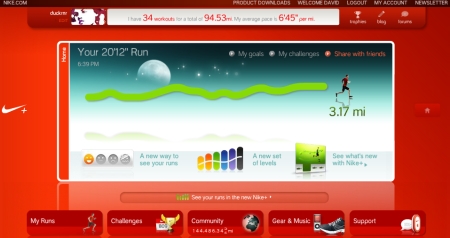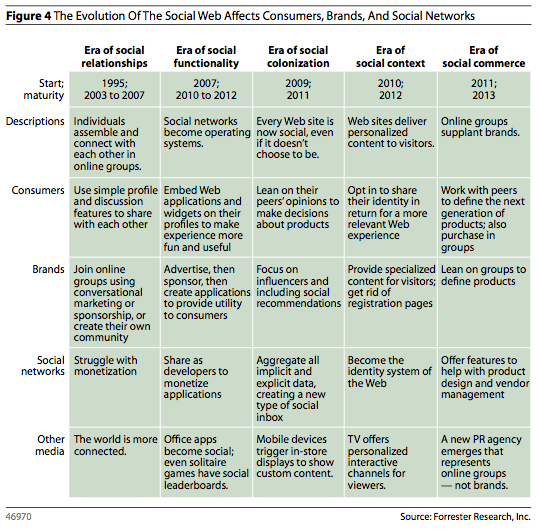How Do You Get YOUR News?
I consume a lot of content – a lot. I don’t go to a single source for that content – rather choosing to bounce around my favorite sites to digest specific data tidbits. Be it sports content (the usual suspects of ESPN, Yahoo Sports, Sports Blog Nation, and Bleacher Report) or current events, ie news (New York Times, Washington Post, CNN), or gossip (I won’t list all of those – I have a little addiction there). However – what I have noticed over the last couple of years is that Social Media has been the single largest ‘engine’ for me when consuming, contributing and relaying content. I am pretty selective whom I follow on Twitter and have found some very reliable outlets to funnel most of the news (all the above categories) that I am interested in. In addition – I’ve also found that I spend a lot of time on aggregation sites – with Popurls being at the top of that list.
The net result of all of this is that I actually spend most of cycles on Twitter and Popurls for the bulk of my news – which is a trend not uncommon to the general population and shows the transition from traditional media to new media outlets. Pew Internet released a report today that shows how Americans are receiving, consuming, and relaying news of interest to them. There are a few very interesting points that Pew makes in it’s report. The first being that we no longer rely on just the newspaper or the nightly news to feed our media habit. In fact, we leverage all the platforms available to us to keep current on a daily basis.
“46% of Americans say they get news from four to six media platforms on a typical day. Just 7% get their news from a single media platform on a typical day”
The second relevant point they make, in my opinion, shows how we are tailoring our media habits to fit our individual news – creating a personalized, portable, and participatory relationship with the information that we find important:
- Portable : 33% of cell phone owners now access news on their cell phones.
- Personalized : 28% of internet users have customized their home page to include news from sources and on topics that particularly interest them.
- Participatory : 37% of internet users have contributed to the creation of news, commented about it, or disseminated it via postings on social media sites like Facebook or Twitter.
Being in the profession that I am – this profile doesn’t surprise me in the least. What it does show me, however, is that the advent of multi-platform, new media outlets has streamlined and customized people’s content consumption experience. We have more control over what we consume, how and where we consume it, and whom we share interesting tidbits with. Personally, I can’t imagine going back to a world of passively pushed content – I want my content and I want it now…on any device I see fit to view it on.
 Recently Pepsi, a long time Superbowl advertiser (
Recently Pepsi, a long time Superbowl advertiser (
 Think about the social communities that are successful – they build upon people’s passions – gaming, photography, technology, parenting. Nike has built a
Think about the social communities that are successful – they build upon people’s passions – gaming, photography, technology, parenting. Nike has built a 
